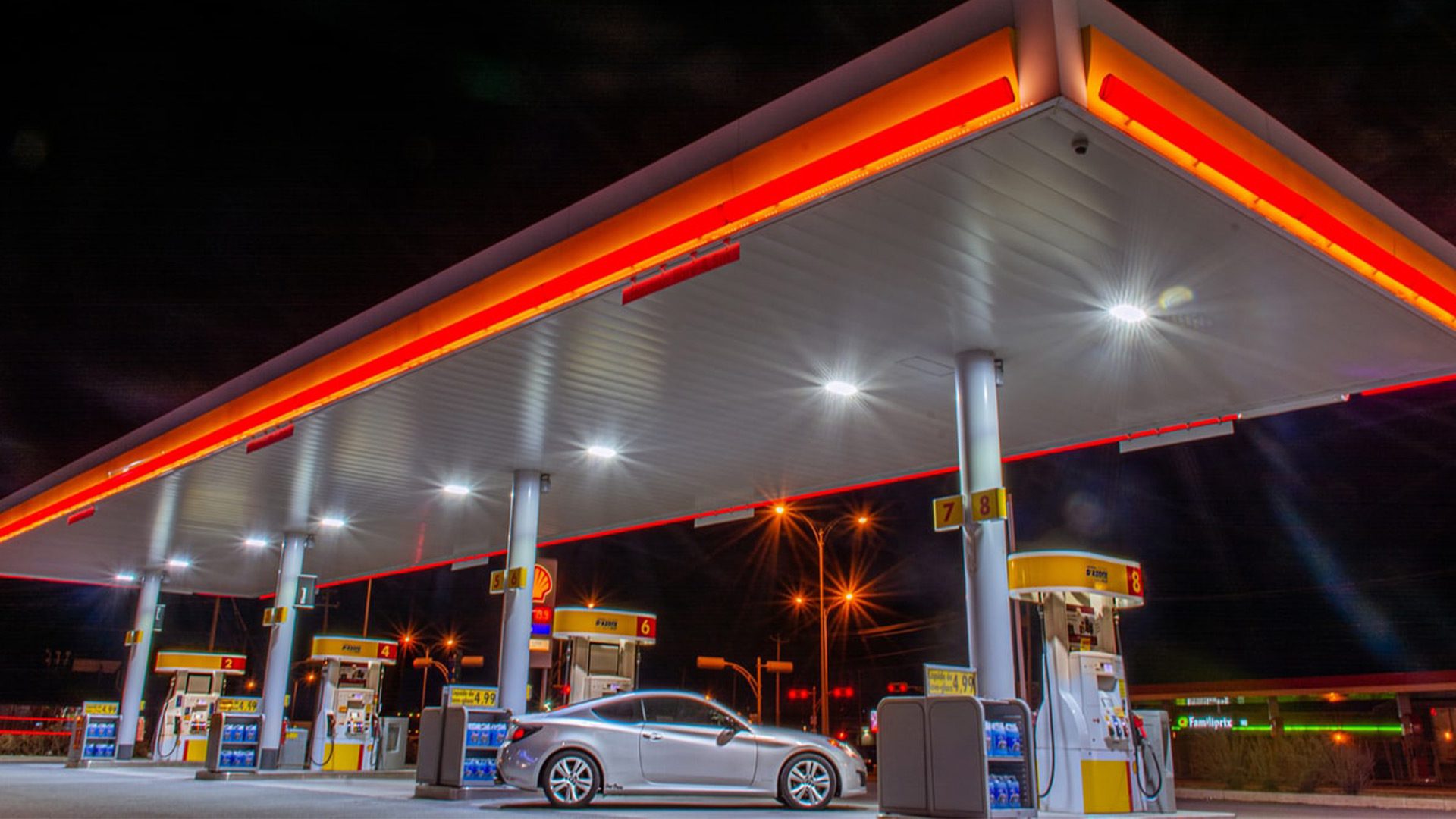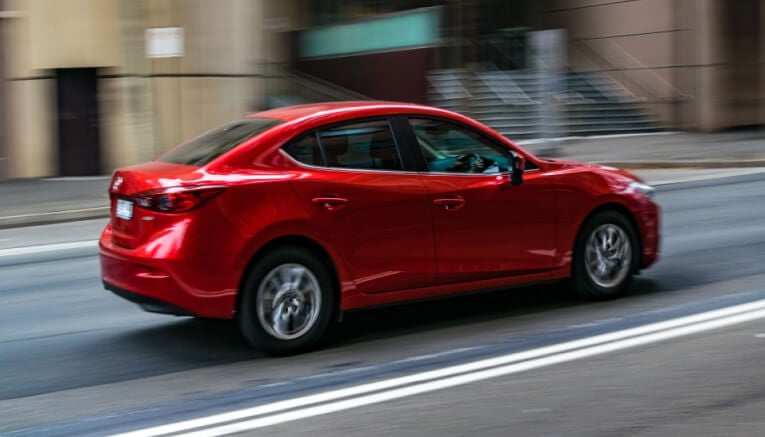Using a fuel card or gas card for your company can be a great way to track your business’s mileage reimbursements, and using a fuel card in tandem with a mileage tracker app is even better. Today, we’re going to show you the benefits of using both tools and how they can save your company time, money, and stress.
How Do Fuel Cards Work?
A fuel card is a credit card that you assign to your employees that allows them to purchase gas (and often other vehicle expenses) from a network of accepted locations.
As a business owner, they give you control over spending, allowing you to see how much fuel your team is using. In addition, fuel cards often come with special perks such as discounts and rewards.
Generally, fuel cards are used by organizations for company vehicles that are consistently used for business purposes. These can range from just a few cars to fleets of thousands of vehicles, so choosing the right fuel card (and the right tool to help manage your spending) can be an important step in saving money.
The employee drives the car and can use the card for expenses that go into that car. Fuel, oil, repairs, and even convenience store purchases can often be purchased with a fuel card.
Compared to regular credit cards, a fuel card will generally give business owners more control over their employee’s spending. For instance, many fuel cards allow the manager to not permit gas station convenience store purchases and only allow them to buy fuel.
Choosing The Right Fuel Card
Choosing the right fuel card is an important decision for a business. Some fuel cards may have a higher monthly cost, but give you more money back per gallon than cheaper ones.
As a manager or business owner, you will need to calculate how many gallons you expect to use. Most fuel card companies offer different packages depending on how much the card will likely be used.
Calculating your return on investment doesn’t have to be difficult, and many fuel card providers offer methods to determine the best fuel card for your needs. With that said, it’s important that you do your due diligence to ensure that you are maximizing your profits.
As with any monthly investment, the more you use it, the more likely you will want to pay for a higher-end package. For more money-saving tips, check out our mileage reimbursement savings calculator here!

Why You Need To Use a Mileage Log With Your Fuel Card
Look – we’re already a fifth of the way through the 21st century. Modern technology has made just about every facet of our lives easier, and managing money and expenses is no exception.
Connecting your fuel card to an advanced and easy-to-use mileage log like TripLog will give you even more control over your expenses, saving you money, stress, and effort. The IRS (or the CRA or HMRC if your company is based in Canada or the UK, respectively) requires you to differentiate fuel and mileage depending on usage (business, personal, etc.).
Sure, you could have your team print out their receipts and have them track their mileage usage in a pen-and-paper logbook or spreadsheet, but that leaves you open to fraud (intentional or unintentional). In addition, if your fleet of vehicles is numbered in the hundreds or thousands, tracking expenses using imprecise and outdated tools can be difficult and could cost you tons of money in overhead costs.
Without using a precise mileage and expense tracker, they can submit personal expenses as business expenses, falsely report their mileage, submit more than budgeted – the list goes on.
The last thing any business wants is its country’s revenue service breathing down its neck. Using an accurate mileage tracker is imperative to holding your team accountable.
Choosing the Right Mileage Tracker
First and foremost, your tracker will need to be able to connect to your bank card. Thankfully, here at TripLog, we have you covered there. TripLog will automatically capture and calculate your mileage and expenses, while also maintaining employee privacy.
Even if you still use receipts, TripLog lets you take photos of them, allowing you to easily and simply categorize your expenses and transactions. In addition, TripLog’s intuitive administrator dashboard gives you complete control over your employee’s gas usage and other expenses.
In Conclusion
Even though COVID-19 has resulted in the lowest use of gasoline in the United States in decades, many businesses still use company cars and fleets. As we exit this period of difficulty and uncertainty, life will slowly (but surely) return to normal.
Even still, if you use company vehicles, it’s paramount that you use an efficient and cost-effective way to manage your employee’s fuel spending. Should you choose to use a gas card, you should absolutely couple it with a powerful company mileage tool like TripLog.
To get started with TripLog, visit our pricing page or schedule a complimentary live web demo to learn more.






